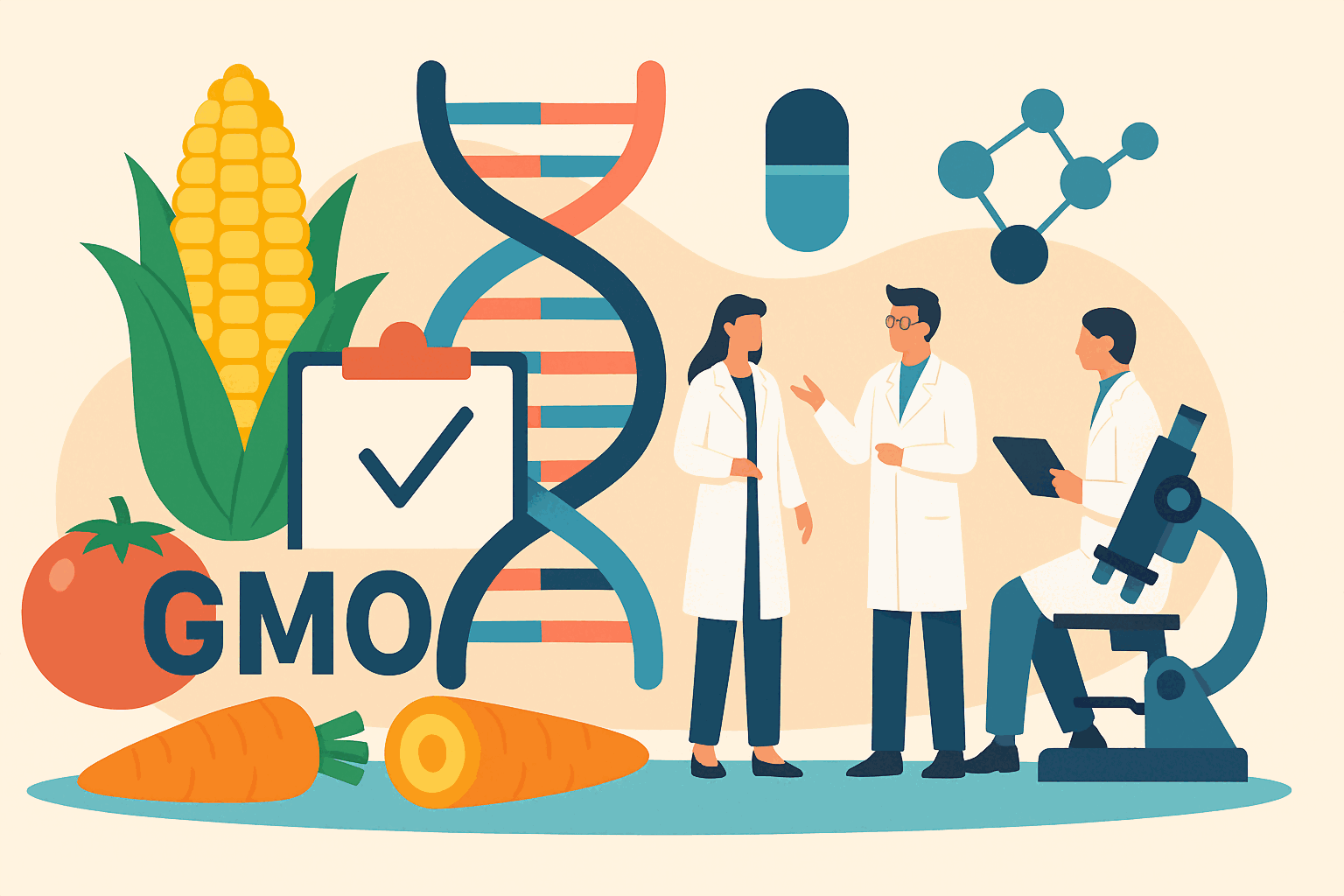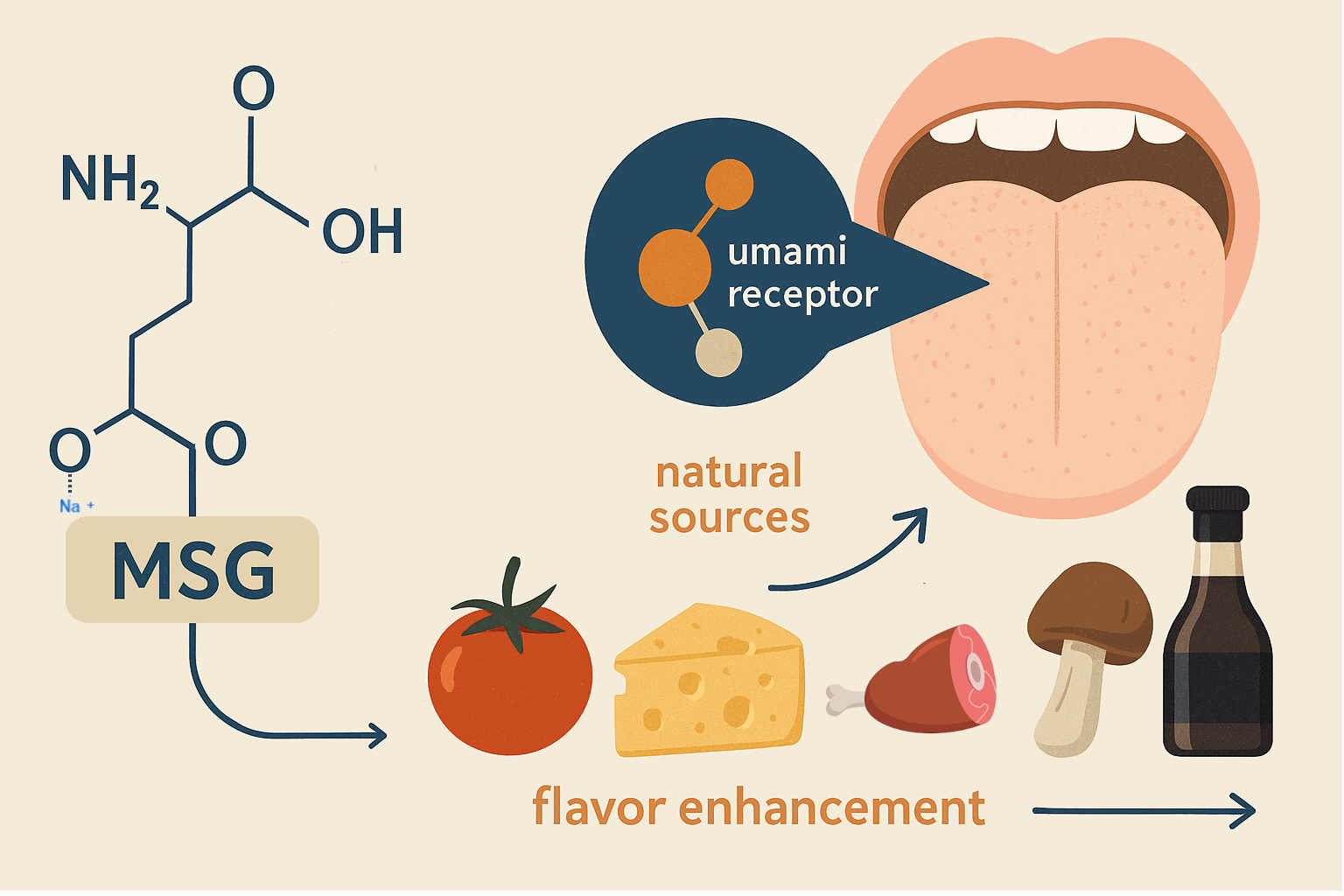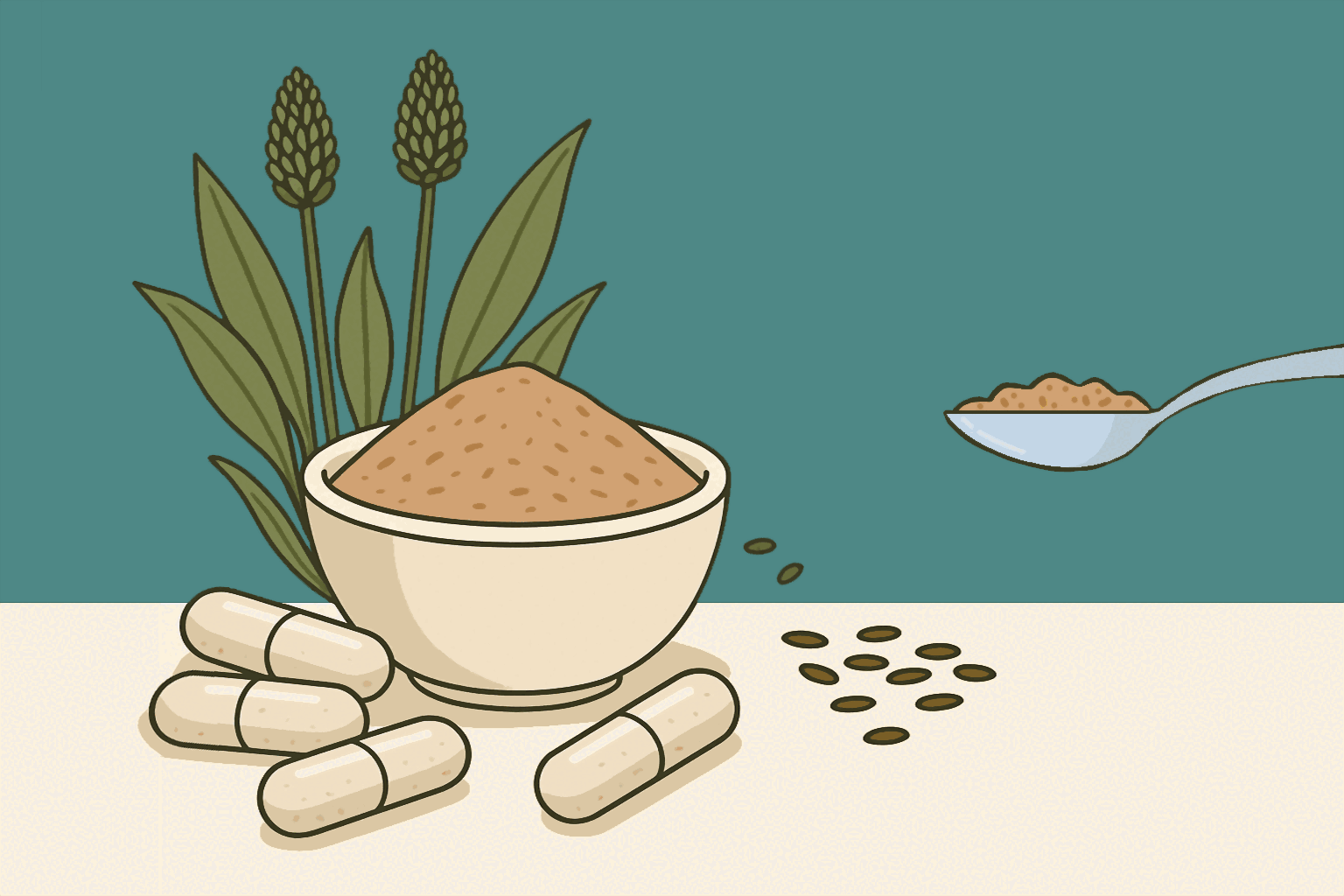
GMOs: A Science-Backed Look at Safety, Benefits, and Your Health
- Olivia Hart
- Nutrition , Health science
- May 13, 2025
Table of Contents
Fast Facts: Understanding GMOs (TL;DR)
- Safe to Eat: Decades of research and major global health organizations (WHO, FDA, AMA, NASEM) confirm GMOs are safe for consumption.
- Not Harmful to DNA: Your body digests GMO DNA like any other food DNA; it doesn’t alter your genetic makeup.
- Precision Technology: Genetic engineering is often more precise and predictable than older methods like radiation mutagenesis.
- Key Benefits: GMOs can lead to higher crop yields, enhanced nutritional value (e.g., Golden Rice), reduced pesticide use, and drought/pest resistance.
- Medical Advances: The same genetic engineering principles are used in life-saving medical treatments, including some vaccines and gene therapies.
- Allergen Risk Managed: Potential allergenicity is a key safety check for GMOs, often predictable and manageable before market release.
The GMO Question: An Evidence-Based Revisit
Here at BioBrain, we prioritize science and data. While we believed the scientific consensus on Genetically Modified Organisms (GMOs) was well-established, a thoughtful reader’s query prompted us to delve deeper. It’s clear that understanding GMOs—thoroughly and factually—remains crucial for informed health choices.
Let’s begin with the most common concern: genetically modified (GM) crops.
Are GMOs Dangerous to Your Health?
The overwhelming scientific consensus says no. Here’s a breakdown of why:
When you eat any food, whether it’s a conventionally grown carrot, an organic berry, or a genetically modified soybean, your digestive system breaks it down into fundamental molecular components: amino acids (from proteins), fatty acids (from fats), and sugars (from carbohydrates). Your body doesn’t differentiate the origin of these molecules; it simply utilizes them.
Crucially, the DNA in GMO foods, like all DNA you consume (every plant and animal product contains DNA), is also digested. It is broken down into its constituent nucleotides and does not alter your own genetic makeup or “rewrite” your genome. Humans have been modifying the genetics of plants and animals for millennia through selective breeding. Modern genetic engineering is simply a more precise and targeted extension of this age-old practice.
Traditional Breeding vs. Modern Genetic Engineering: A Matter of Precision
For much of the 20th century, traditional plant breeding often involved mutagenesis. This technique exposes seeds to radiation or harsh chemical mutagens to induce random genetic mutations, hoping for a beneficial trait to emerge. These methods, which often resulted in many unknown and unintended genetic changes, were widely accepted without significant public alarm. Furthermore, crops developed this way often required substantial use of pesticides, herbicides, and fungicides.
In stark contrast, genetic engineering allows scientists to make precise, targeted changes. Often, this involves introducing a single, well-understood gene to confer a specific trait, such as drought resistance, enhanced nutritional value (like Vitamin A in Golden Rice), or natural pest resistance. This precision minimizes the risk of unintended collateral mutations, offering a more controlled and predictable outcome compared to older methods.
Understanding the Roots of GMO Concerns
The apprehension surrounding GMOs largely ignited in the 1990s, a period marked by general anxiety towards new technologies. Public fear was significantly amplified by media coverage of a few studies—notably one involving rats and another concerning monarch butterflies—which were later scientifically discredited, retracted, or found to have conclusions that didn’t hold up under scrutiny.
Despite these clarifications, misconceptions persisted, often fueled by anti-corporate sentiment, misinformation campaigns, and some marketing strategies within the organic food industry. However, it’s vital to note that every major global health and scientific organization has extensively reviewed the evidence. The World Health Organization (WHO), the Food and Agriculture Organization of the United Nations (FAO), the U.S. National Academy of Sciences, Engineering, and Medicine (NASEM), the American Medical Association (AMA), and the U.S. Food and Drug Administration (FDA) have all concluded that GM foods available on the market are safe to eat.
Further Reading:
- NASEM Report: Genetically Engineered Crops: Experiences and Prospects
- WHO: Food, genetically modified - Questions and answers
The Tangible Benefits of Genetic Modification in Agriculture
 Genetically modified crops offer significant, measurable advantages:
Genetically modified crops offer significant, measurable advantages:
- Enhanced Crop Yields and Reliability: GMOs can produce more food per acre, contributing to global food security.
- Increased Resilience: Many GM crops are engineered for resistance to pests, plant viruses, and harsh environmental conditions like drought. This leads to more stable harvests for farmers.
- Reduced Need for Chemical Inputs: Crops engineered for pest resistance (e.g., Bt toxins, which are proteins selectively toxic to specific insect pests but harmless to humans) can significantly decrease the amount and frequency of synthetic pesticide spraying. This benefits the environment by reducing chemical runoff into waterways and lessening exposure for farmworkers.
- Learn more: Environmental impacts of GM crop use (GM crops & food Journal) (This is a relevant study showing pesticide reduction)
- Improved Nutritional Content: Some GMOs are designed to be more nutritious, such as Golden Rice, which produces beta-carotene (a precursor to Vitamin A) to combat deficiency in vulnerable populations.
Interestingly, choosing certain GMO foods might actually lead to lower exposure to potentially harmful substances. “Organic” agriculture, while prohibiting synthetic pesticides, does permit the use of “natural” pesticides, some of which can be toxic if not used properly or in high concentrations. The targeted pest resistance in some GM crops can reduce the overall pesticide load, synthetic or natural.
Impact of GMO Restrictions on Progress and Food Security
While debates continue, widespread bans or overly stringent regulations on GMOs, not based on scientific evidence of risk, can have unintended negative consequences. Such restrictions can stifle innovation in agricultural biotechnology, which holds immense promise for addressing food security challenges, especially in developing nations facing climate change and resource scarcity. They may also limit consumer access to more affordable, resilient, and nutritious food options. The focus should be on science-based assessments for each GM product, rather than broad prohibitions based on the technology itself.
GMOs and Ethical Considerations: Religious Perspectives
Major religious authorities have also weighed in on the ethics of GMOs, often concluding that the technology is permissible, especially when it serves to alleviate human suffering and hunger.
- The Vatican has indicated that GMOs can be acceptable and even beneficial, particularly if they help address poverty and hunger, aligning with the “preferential option for the poor.” (Source: Catholic Answers)
- Islamic scholars generally approve of GMOs, provided the genetic modifications comply with Sharia law (e.g., not introducing genes from forbidden sources without transformation that renders them permissible). The potential to increase food availability and quality is often seen positively.
- Jewish kashrut (kosher) authorities have also largely found GMO foods to be kosher, as the genetic modification at a molecular level does not typically alter an item’s kosher status. (Source: OU Kosher)
So, your GMO tofu stir-fry likely meets these religious approvals, emphasizing the technology’s potential for good.
Genetic Engineering: A Foundation for Modern Medical Miracles
The principles of genetic engineering extend far beyond the farm. This powerful technology is a cornerstone of numerous life-saving medical breakthroughs:
- mRNA Vaccines: The rapid development and deployment of mRNA vaccines, such as those by Pfizer-BioNTech and Moderna for COVID-19, were made possible by decades of research in genetic engineering and RNA biology.
- Read more: Nature: How COVID vaccines are made
- Gene Therapies: Cutting-edge gene therapies are now offering hope and effective treatments for previously intractable conditions, including certain types of cancer, inherited genetic diseases (like cystic fibrosis or sickle cell anemia), and blood disorders.
- CRISPR and Beyond: Tools like CRISPR-Cas9 are revolutionizing biomedical research and are rapidly moving into clinical practice, offering potential cures for a wide range of genetic conditions.
- FDA Info: FDA on CRISPR technology
We are already benefiting immensely from a world shaped by applied genetic science, and its positive impact on human health is poised to grow exponentially.
Final Thoughts: Trust the Data, Embrace Responsible Innovation
The primary lingering concern often cited regarding GMOs is the potential for allergic reactions. However, modern bioscience has made significant strides in addressing this. Proteins are the typical culprits in allergic reactions, and scientists can now predict the potential allergenicity of newly introduced proteins in GM crops with a high degree of accuracy before they are ever considered for market release. Furthermore, genetic engineering can even be used to remove known allergens from foods. Regulatory agencies worldwide, like the FDA and EFSA, mandate rigorous allergenicity testing for GM foods.
Ultimately, when it comes to GMOs, it’s not about succumbing to fear—it’s about following the data. A data-driven approach, grounded in decades of rigorous scientific research and comprehensive safety assessments by leading health authorities, provides the clearest picture. The overwhelming evidence concludes that currently available GMO crops are safe to eat, beneficial for agriculture, and in many instances, more sustainable than some conventional or organic alternatives. They often require fewer chemical pesticides, utilize less water, and can produce higher yields with fewer resources—critical advantages for feeding a growing global population sustainably in an era of climate change and shrinking arable land.
As we continue to harness the potential of genetic engineering, it’s essential to remain anchored in scientific evidence, not misinformation. By doing so, we recognize GMOs as a valuable tool in building a more resilient, productive, and healthful food future. The path forward lies in embracing responsible innovation, guided by science and a commitment to the global good.
Frequently Asked Questions (Q&A)
Q1: Are GMO foods safe for my family and me to eat long-term?
Q2: Can eating GMOs change my DNA?
Q3: What are the main environmental benefits of genetically modified crops?
Q4: How is genetic engineering different from traditional cross-breeding of plants?
Q5: Are there GMOs beyond food crops?
Disclaimer
The information provided on BioBrain is intended for educational purposes only and is grounded in science, common sense, and evidence-based medicine. It is not a substitute for professional medical advice, diagnosis, or treatment. Always consult a qualified healthcare provider before making significant changes to your diet, exercise routine, or overall health plan.
References
- World Health Organization (WHO) (2014) "Food, genetically modified: Questions and answers"
- U.S. Food and Drug Administration (FDA) "Agricultural Biotechnology"
- National Academies of Sciences, Engineering, and Medicine (NASEM) (2016) "Genetically Engineered Crops: Experiences and Prospects"
- American Medical Association (AMA) "H-480.958 Bioengineered (Genetically Engineered) Crops and Foods Policy"
- Food and Agriculture Organization of the United Nations (FAO) "FAO and biotechnology"
- Panchin, A. Y., & Tuzhikov, A. I. (2017) "Published studies on GMO safety"
- Brookes, G., & Barfoot, P. (2020) "Environmental impacts of genetically modified (GM) crop use 1996–2018: impacts on pesticide use and carbon emissions"
- Panchin, A. Y., & Tuzhikov, A. I. (2017) "Published studies on GMO safety"
- Catholic Answers "Preferential Option for the Poor: Church's View on Genetically Modified Food (GMOs)"
- OU Kosher "Genetic Food Modification & Kosher Law—Are Compatible"
- Dolgin, E. (2021) "How COVID vaccines are made"
- Sürmeli, D., Adıgüzel, M. C., & Saparov, A. (2023) "Gene therapy: current situation and future perspectives"
- U.S. Food and Drug Administration (FDA) "CRISPR"
- European Food Safety Authority (EFSA) "Genetically Modified Organisms"
Tags :
- Gmos
- Nutrition
- Sustainability
- Health
- Genetic engineering food
- Gmo safety facts
- Evidence based nutrition
- Food technology
- Sustainable agriculture


